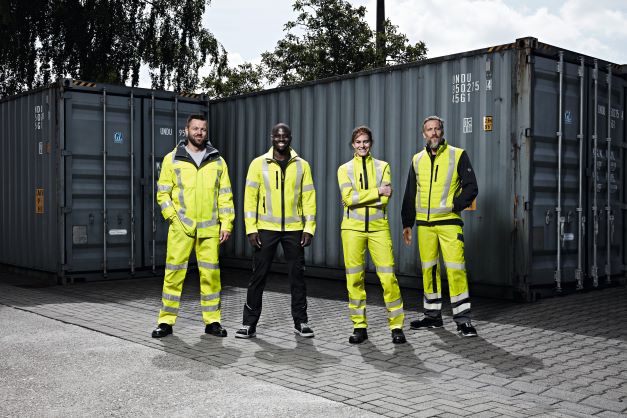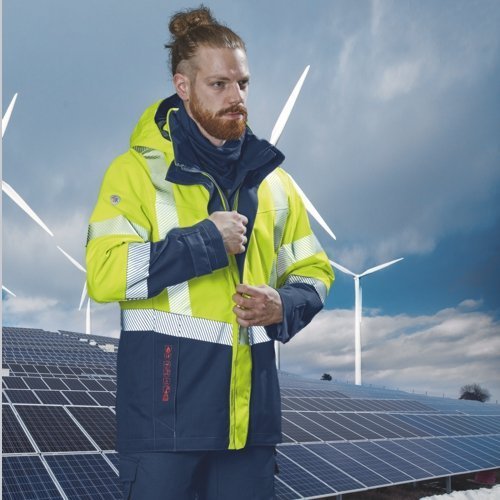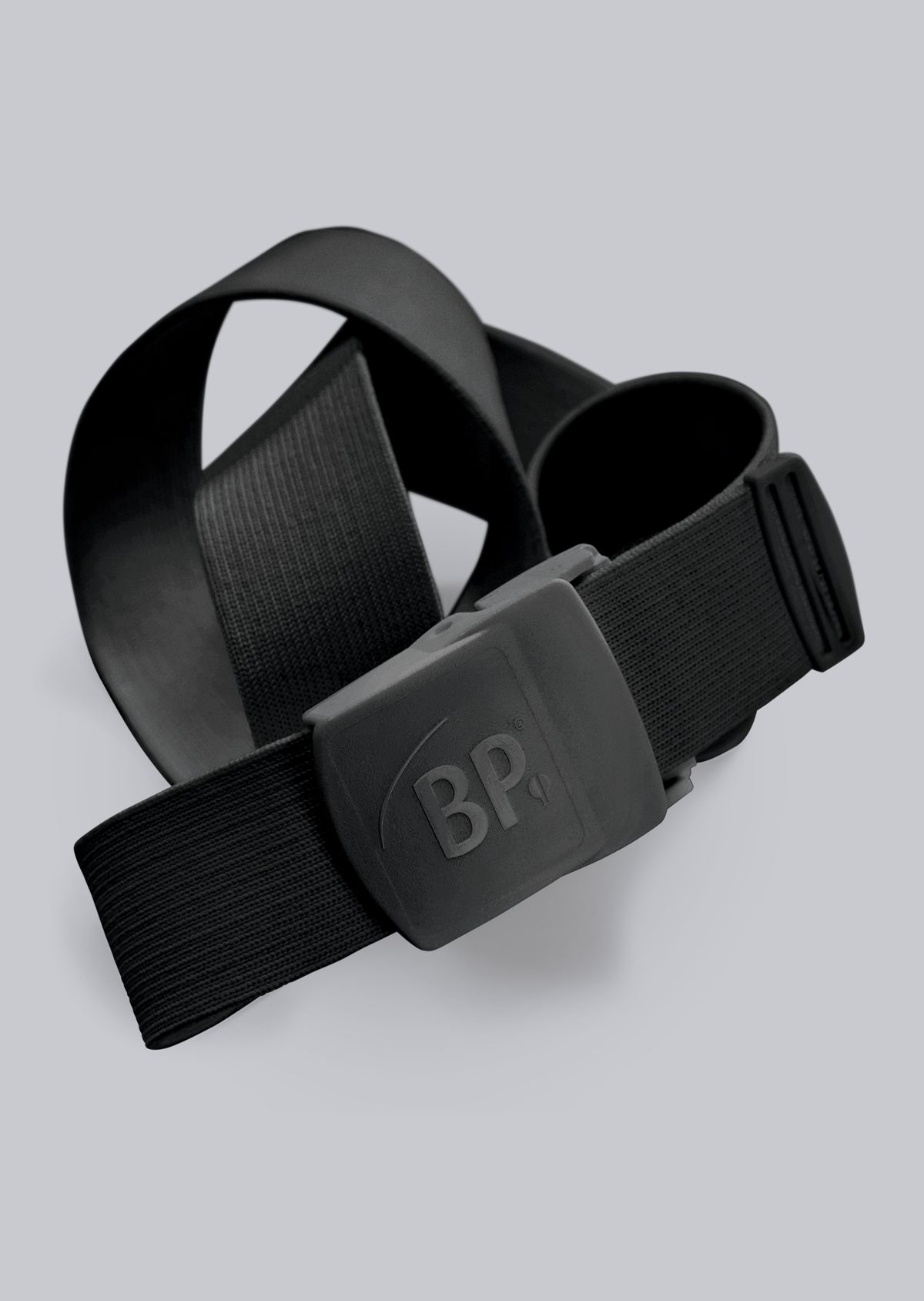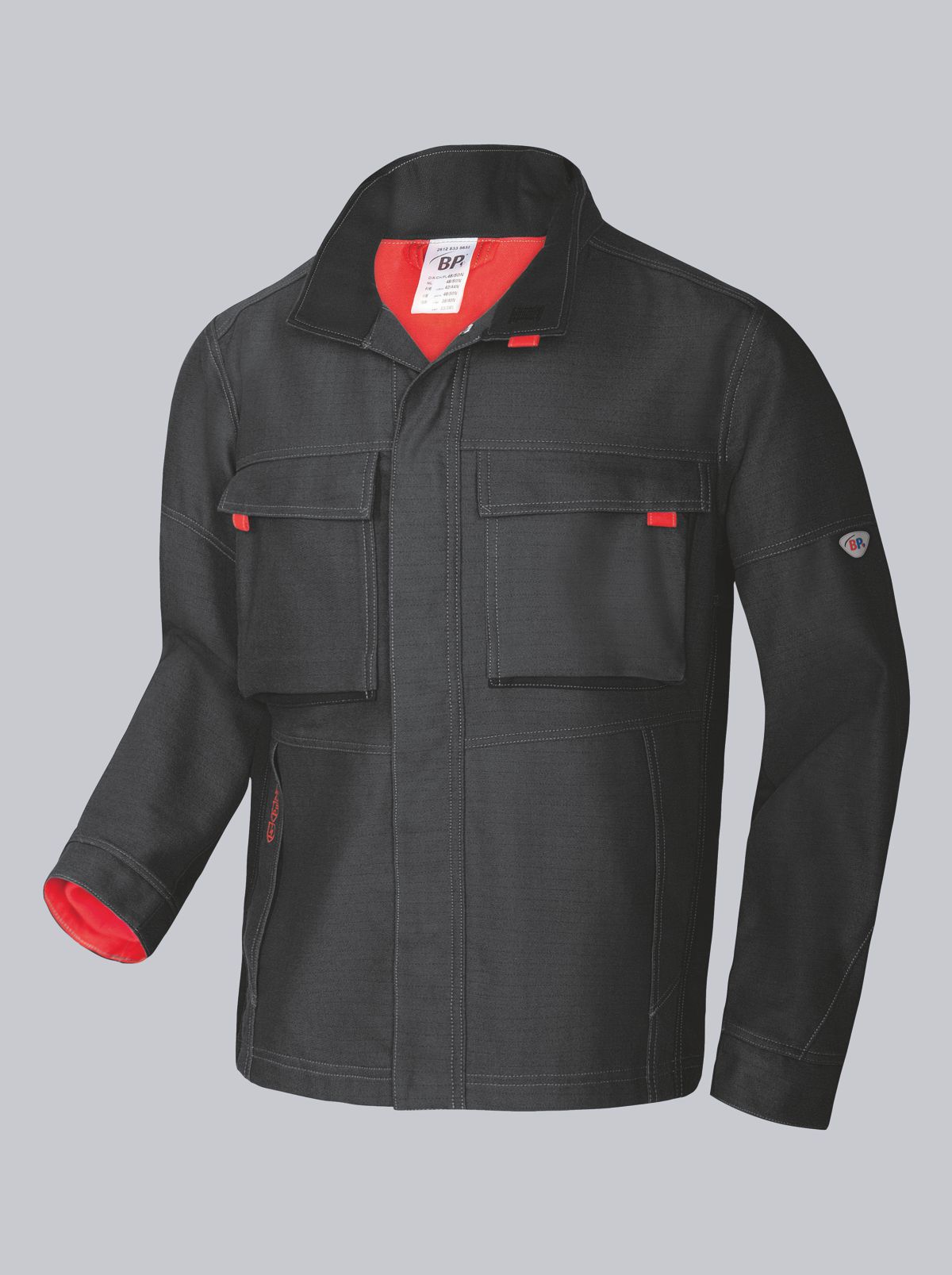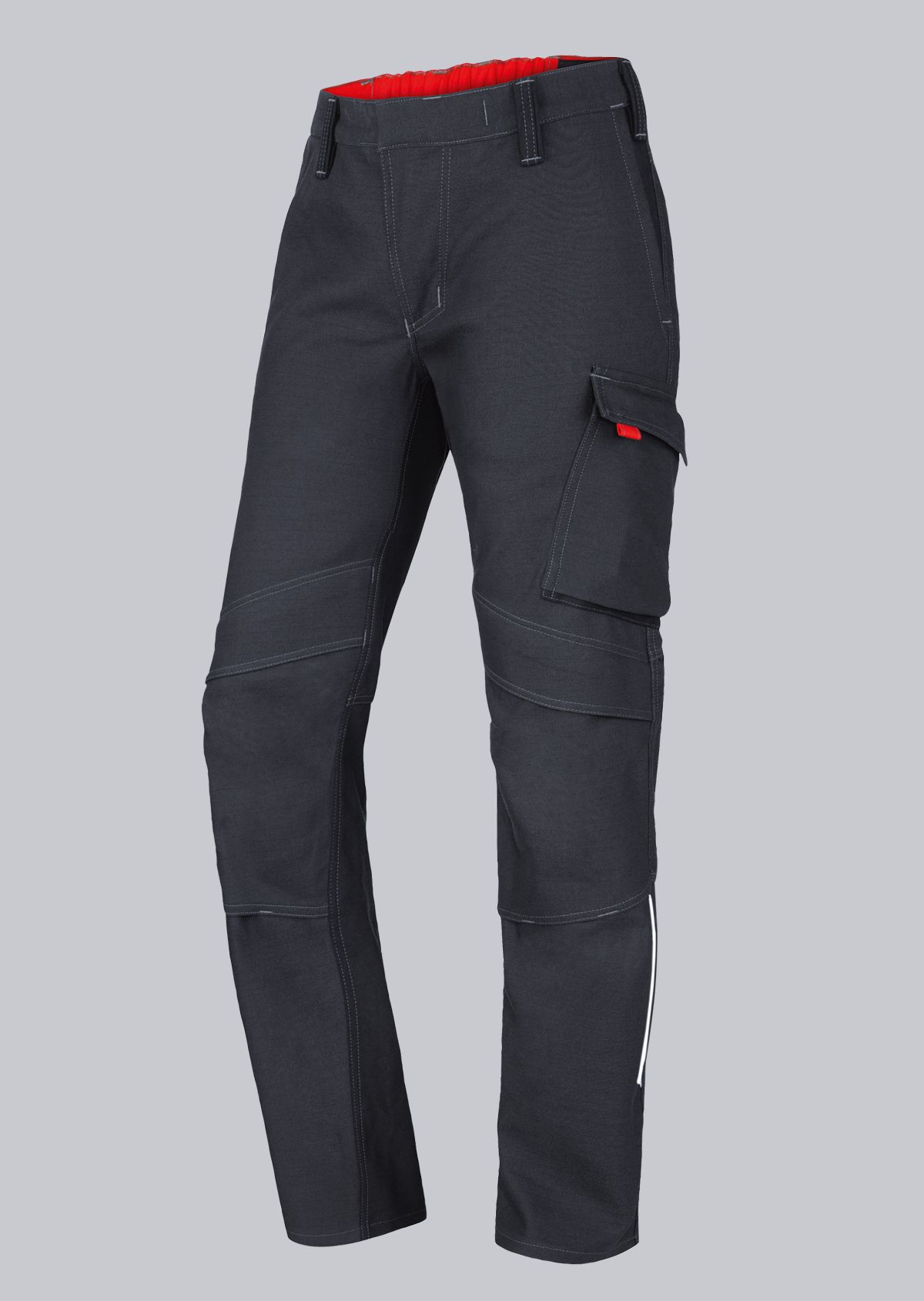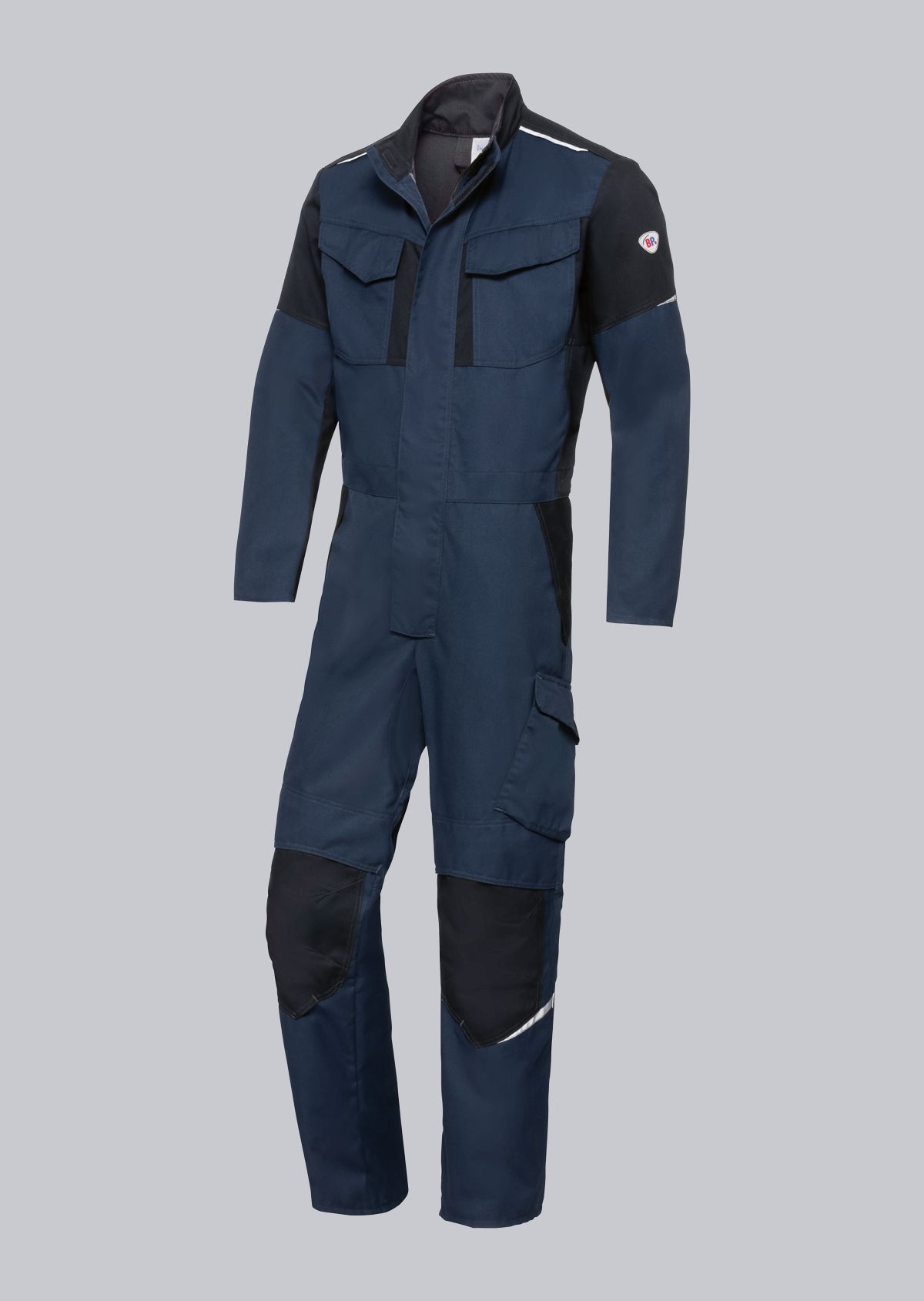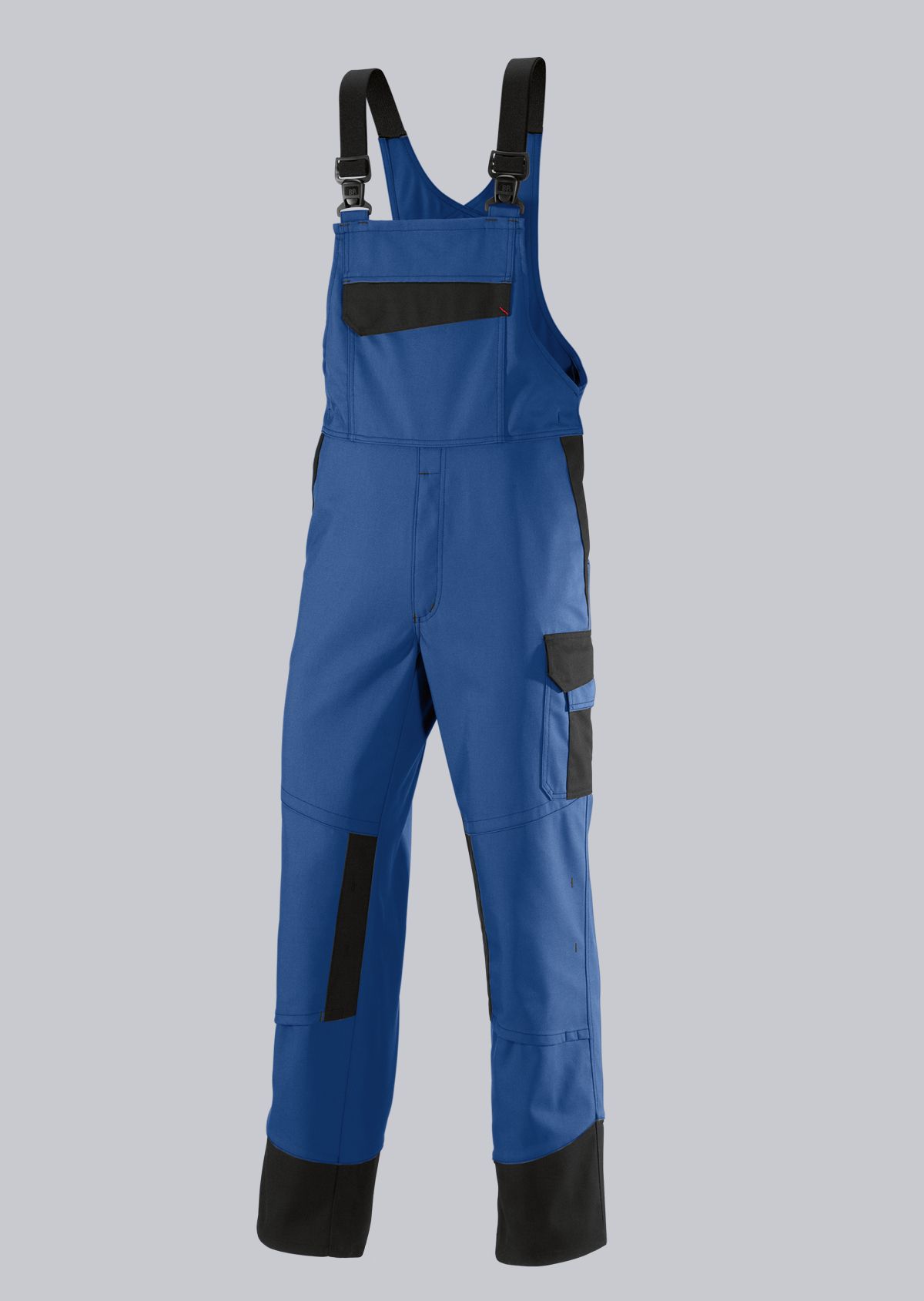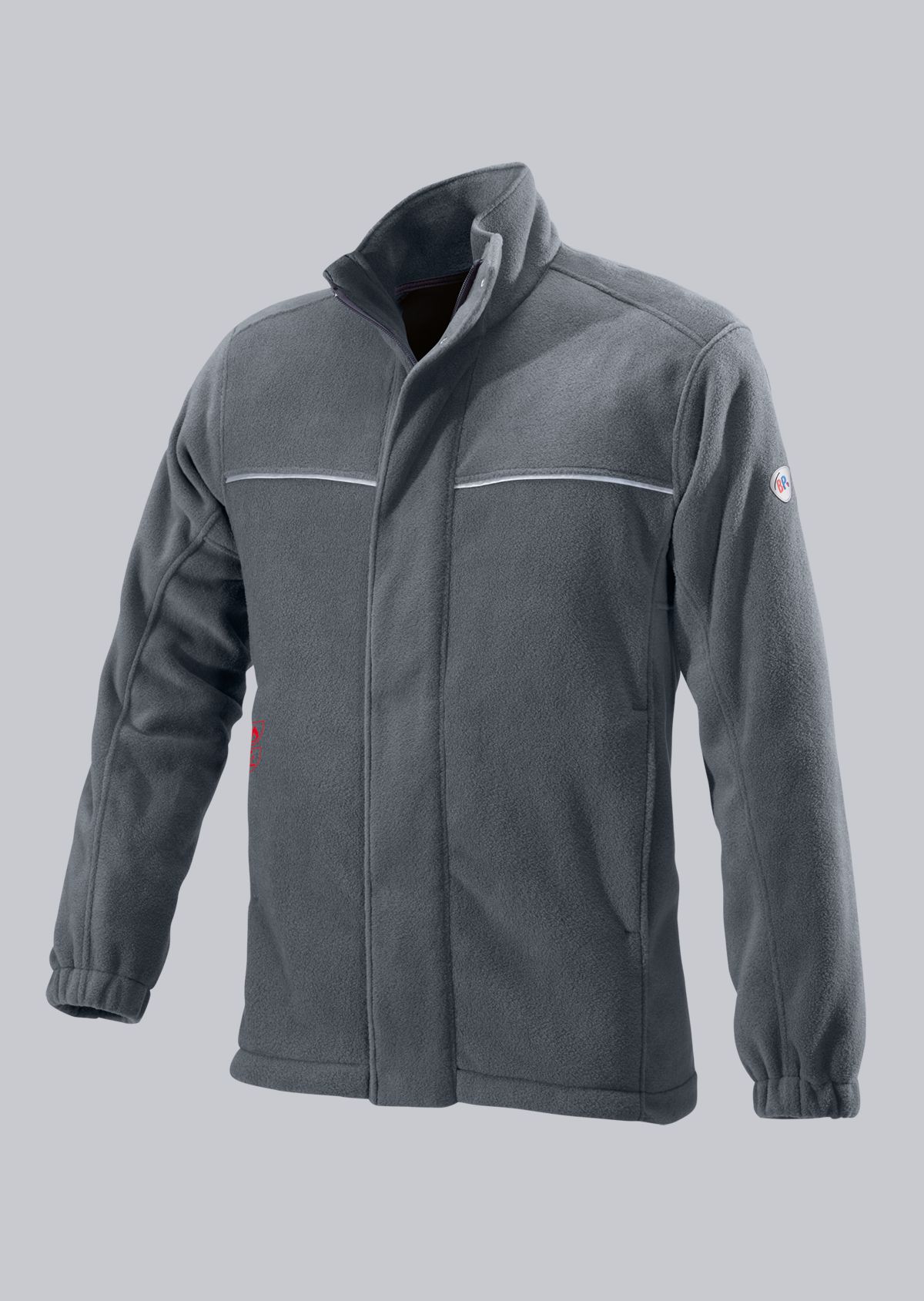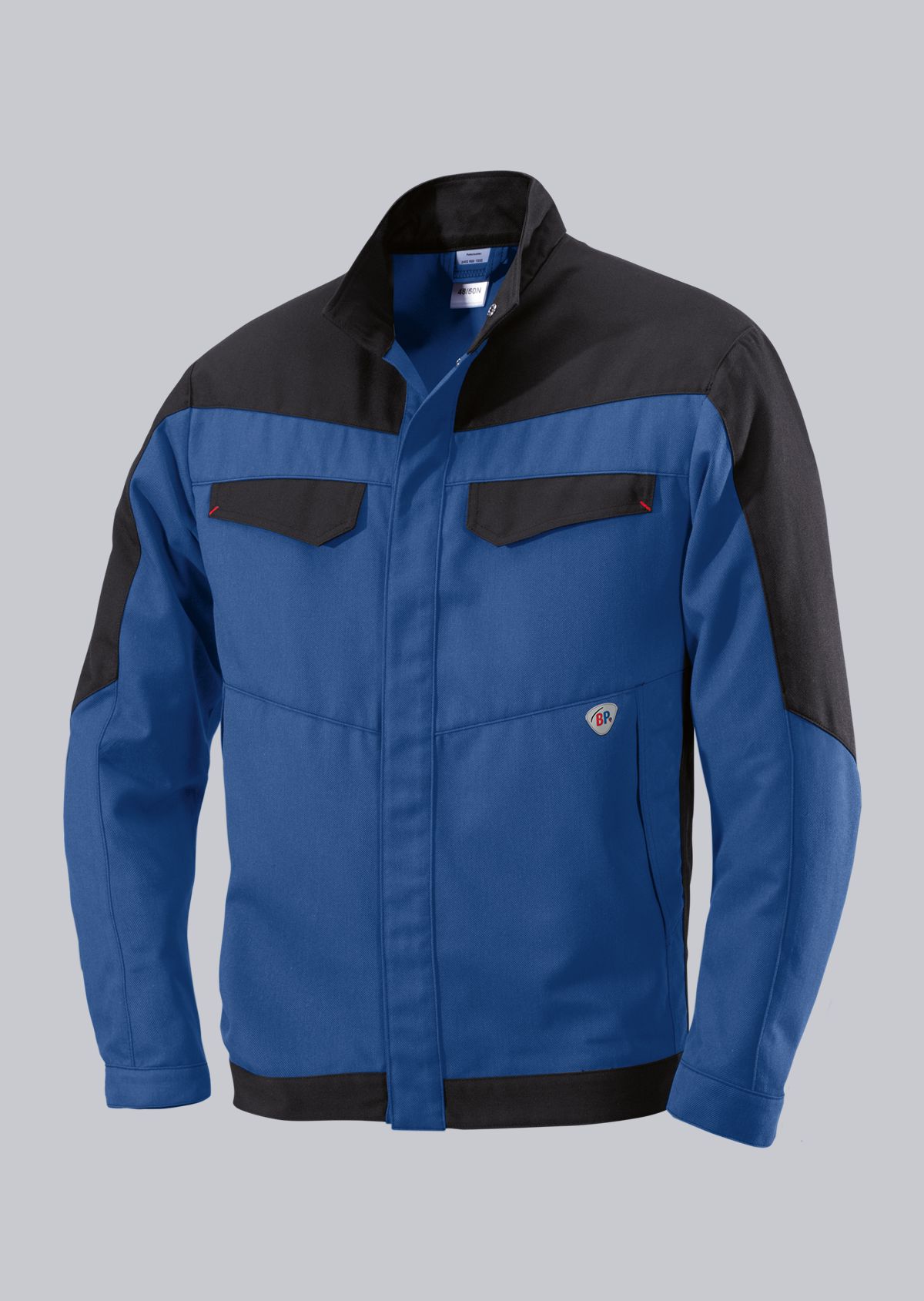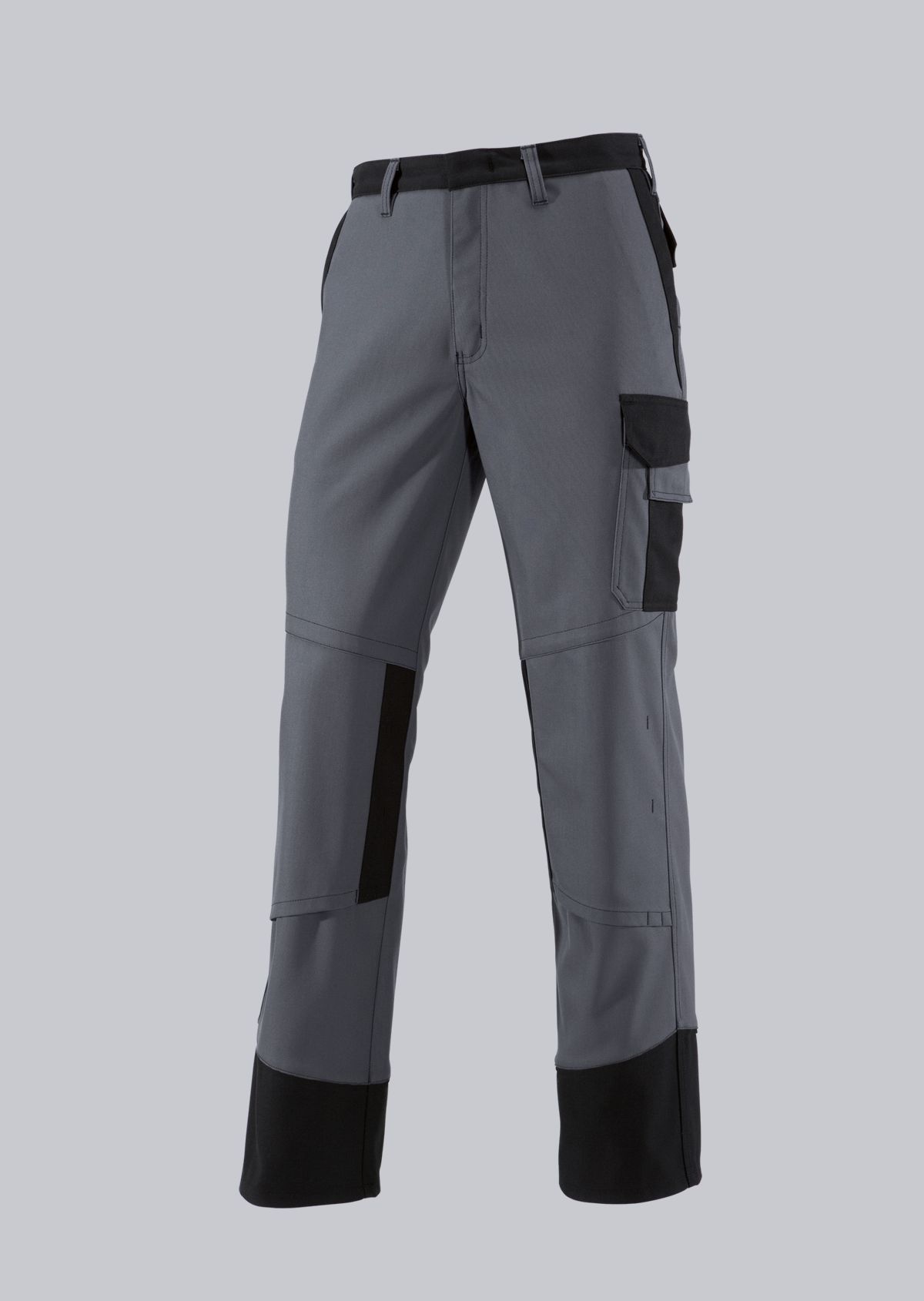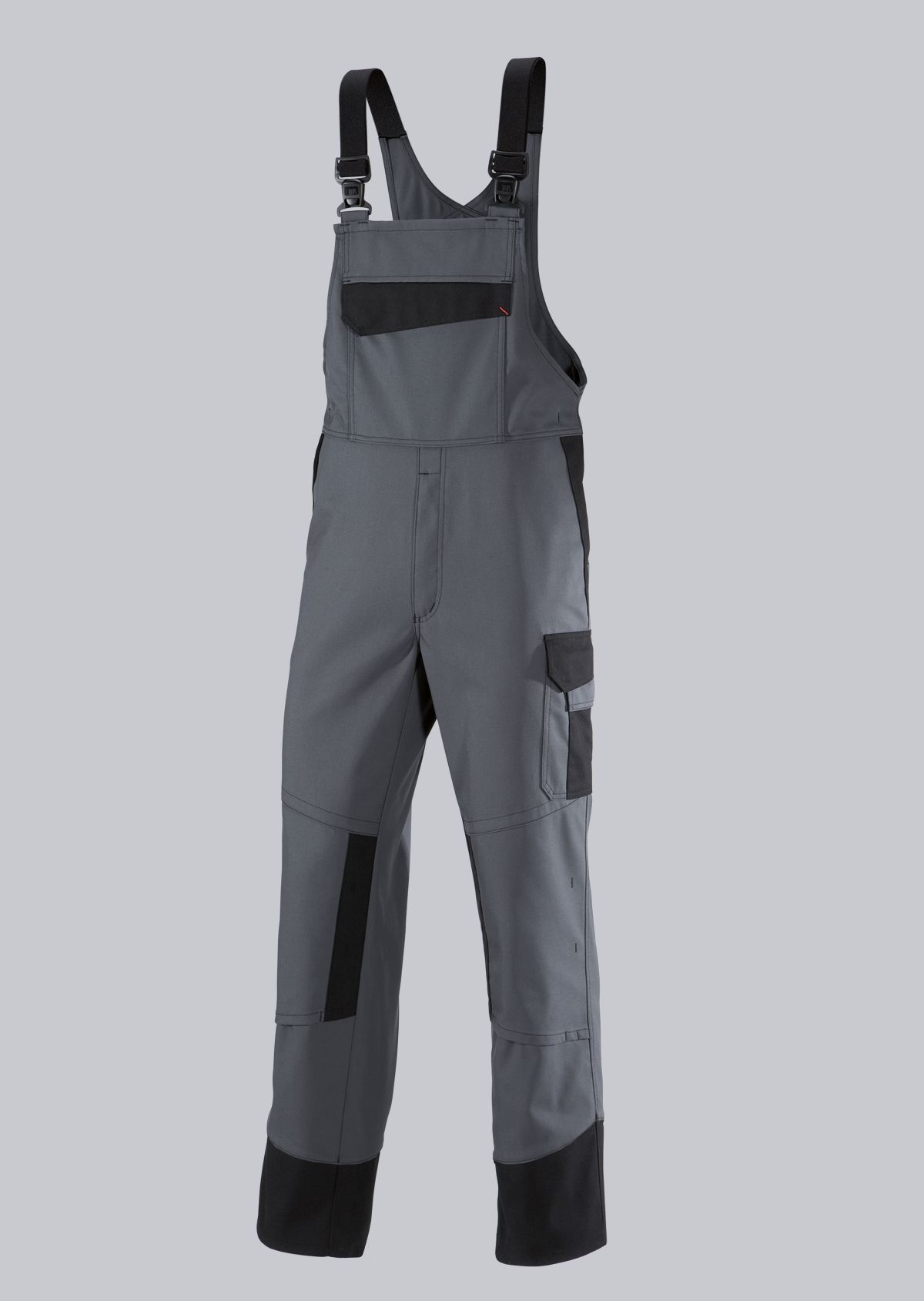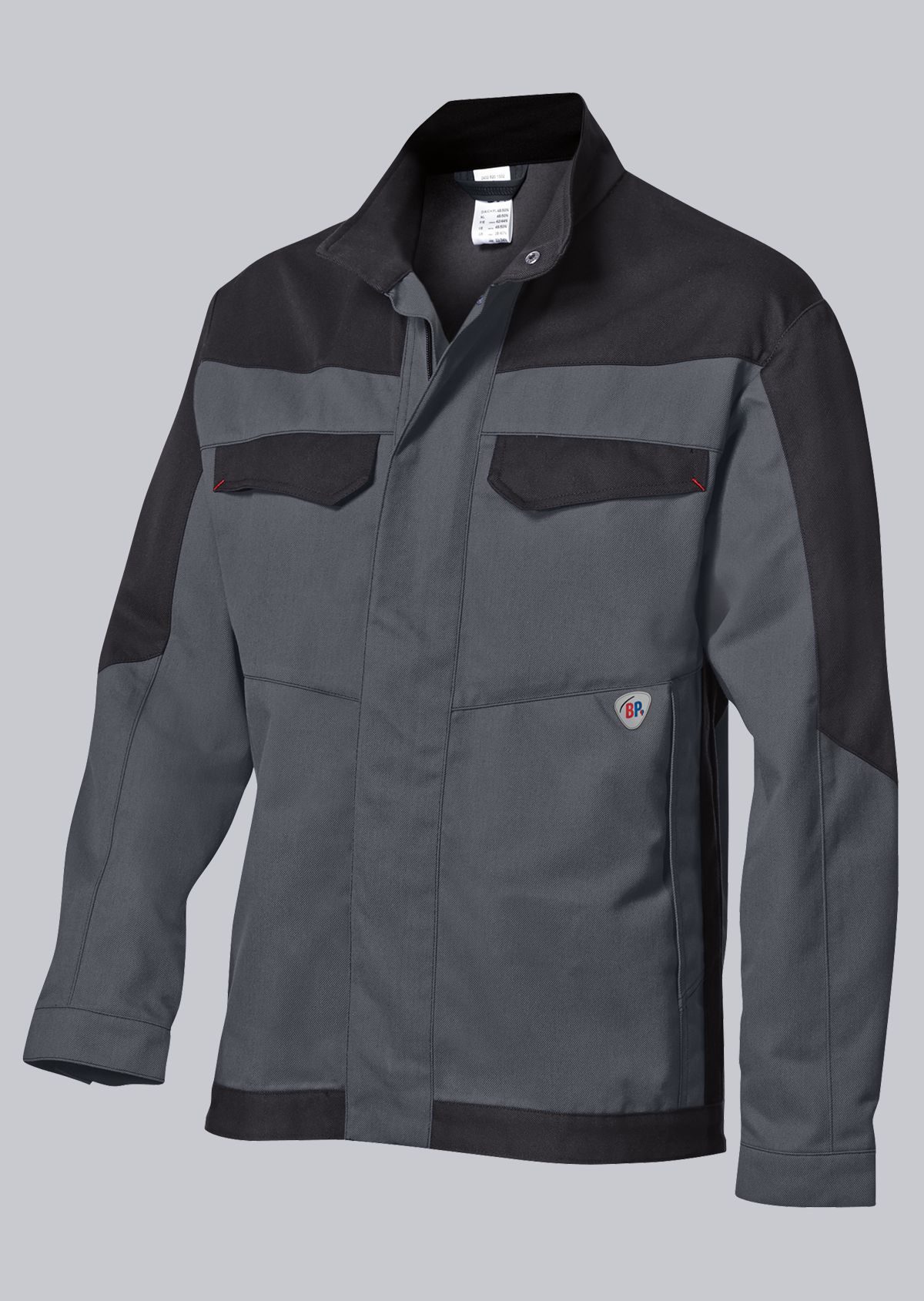
Why more and more wearers rely on multinorm protective clothing
Anyone who is exposed to risks of injury from heat and flames or from the thermal hazards of an electric arc during their work must protect themselves with personal protective equipment (PPE). Anyone who additionally switches between different areas of responsibility and is therefore even confronted with multiple risks needs correspondingly comprehensive protection.
To avoid having to change clothes all the time, wearers are increasingly turning to clothing that protects them from different hazards and can therefore be used for most jobs: Multinorm protective clothing.
Inhalt
Wer bei seiner Arbeit Verletzungsrisiken durch Hitze und Flammen oder durch die thermischen Gefahren eines Lichtbogens ausgesetzt ist, muss sich mit Persönlicher Schutzausrüstung (PSA) sichern. Wer zusätzlich noch zwischen verschiedenen Aufgabenbereichen wechselt und deshalb sogar mit mehreren Risiken konfrontiert ist, benötigt entsprechend umfassenden Schutz.
Um sich nicht ständig umziehen zu müssen, setzen Träger*innen zunehmend auf Kleidung, die vor unterschiedlichen Gefahren schützt und sich deswegen für die meisten Arbeiten einsetzen lässt: Multinormschutzkleidung.
Inhalt
What is multinorm protective clothing?
Protection and comfort of multinorm protective clothing
Industrial washability and sustainability
Areas of application: Multinorm protective clothing for energy suppliers and public utilities
Industrial washability and sustainability
An important aspect for employers is the industrial laundering suitability of protective clothing in accordance with ISO 15797, because regardless of whether they are public utilities, energy suppliers or industrial companies - virtually all companies have their protective clothing professionally and hygienically reprocessed.
Industrial washing, including hygienic washing, is usually done at temperatures of up to 75°C. Germs and viruses are killed in the process. However, industrial washing is a real endurance test for clothing because the very high washing and drying temperatures and the strong mechanical and chemical effects of industrial washing are very demanding for the quality and durability of the clothing. It is therefore very important that the protective function of the PPE is maintained even after frequent reprocessing in the industrial wash. You can find out more about industrial laundering according to ISO 15797 here.
Another criterion, especially for municipal utilities and public tenders, is the ecologically and socially compatible production of clothing. In this area, manufacturers also have the production of their clothing monitored and audited by independent initiatives such as the Fair Wear Foundation.
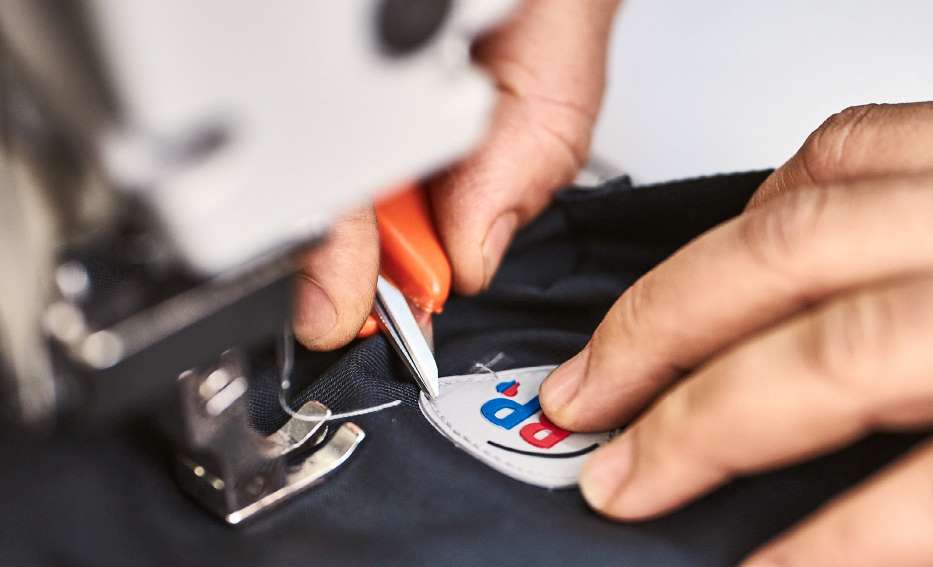
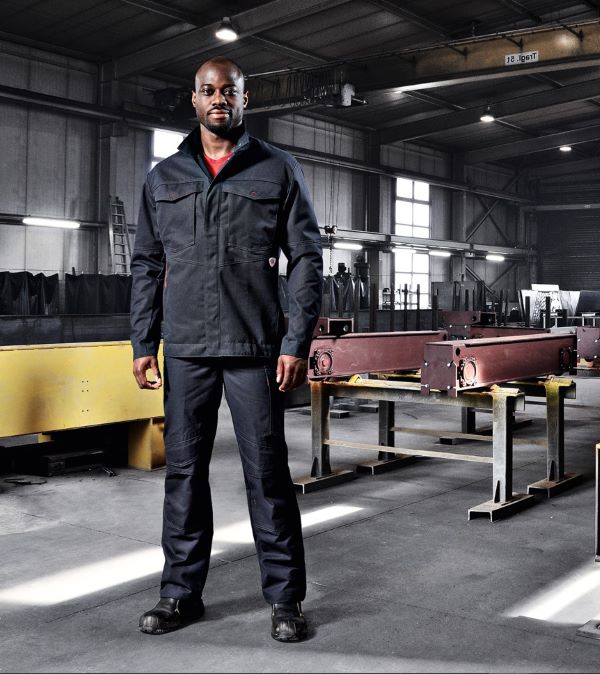
Fabric mix and ergonomics
One of the demands of the wearers is for lightweight fabric, as the workplaces where multinorm protective clothing has to be worn are often very warm. Other reasons for wanting lightweight fabrics are that the jobs themselves are sweaty and that workers are exposed to high temperatures when working outside, especially in summer.
The desired lightness is a difficult balancing act, especially because the rule of thumb used to be that the thicker the fabric, the better it protected. In the past, PPE often consisted of flame-retardant cotton. The problem: the clothing can become smaller and harder with every wash. In addition, the grammage, i.e. the weight, is very high. For example, there were two-layer solutions with a grammage of about 350 g/m² per layer, i.e. 700 g/m² in total.
In times of high-tech fibres, however, this old certainty is outdated. Today, established manufacturers like BP rely on a new type of fabric mix that is robust but at the same time very light and comfortable to wear. This is expressed in a very low grammage of only 245 g/m² for arc fault protection of protection class 1 (4kA). This weight differs only slightly from that of some workwear. In protection class 2 (7ka), only the vulnerable areas in the front of the jacket and trousers have a double-layer finish. The rest, however, also gets by with a single layer of fabric.
The result: the overall wearing sensation is so airy and light that it was previously unknown in highly complex protective clothing. In addition to the lightness of their clothing, freedom of movement is also important to the wearers. This is especially true because many of the tasks for which multinorm protective clothing must be worn are performed in cramped positions and forced postures. Here, too, there used to be restrictions.
What can manufacturers like BP do to increase freedom of movement? On the one hand, the cut should be ergonomic and oriented towards typical movements. On the other hand, features such as an arm lift system for jackets and a crotch wedge for trousers help to support the wearer in his/her movements.
And manufacturers such as BP are also making a start on the reflective strips used in high-visibility protection. In the past, reflective strips were mostly static and had to be sewn on. Today, manufacturers like BP use new, segmented reflective strips that are glued on and no longer sewn. This allows wearers to move much more freely and be more relaxed in their work. In addition, the clothing loses a lot of weight.
These and other developments show that safety and wearing comfort are no longer opposites in modern PPE. On the contrary: wearing comfort is even a prerequisite for safety. Although safety is a priority for protective clothing, supposedly soft factors such as comfort, freedom of movement and design are also key factors for the protective function. After all, what good is uncomfortable protective clothing if the wearer does not want to put it on and therefore does without it or does not wear it properly?
Diese und andere Entwicklungen zeigen: Sicherheit und Tragekomfort sind bei moderner PSA längst keine Gegensätze mehr. Ganz im Gegenteil: Der Tragekomfort ist sogar eine Voraussetzung für die Sicherheit. Obwohl diese bei Schutzkleidung Priorität hat, sind vermeintlich weiche Faktoren wie Tragekomfort, Bewegungsfreiheit und Design zugleich Schlüsselfaktoren für die Schutzfunktion. Denn was nützt eine unbequeme Schutzkleidung, die der Träger nicht anziehen möchte und deswegen auf sie verzichtet oder sie nicht ordnungsgemäß trägt?
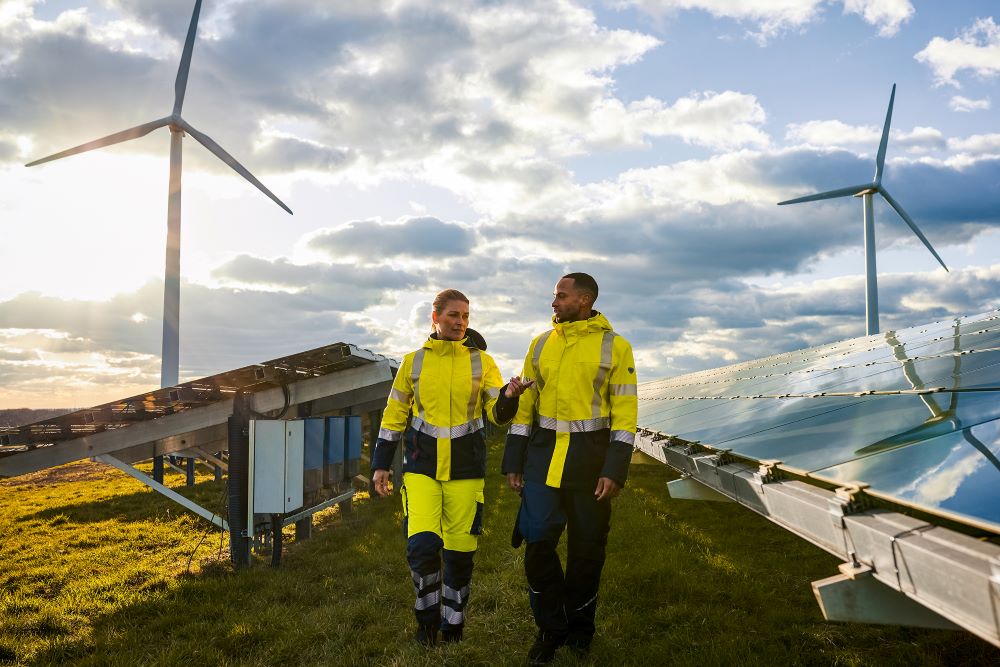
Multi-standard for women
With regard to fits, women's fits play a special role. These are still a big exception in protective clothing. Women working in the energy sector have to wear either unisex or small men's clothing. But these often fit very poorly, which is why the women feel uncomfortable. This can also have a negative impact on their performance.
This is why there is a need for women's fits and employers are actively demanding women's fits from manufacturers. After all, they have long since realised that clothing is also a means of showing respect to all employees, promoting team spirit and increasing motivation. These days, protective clothing must also fulfil this function. Here you will find a selection of multinorm protective clothing for women.
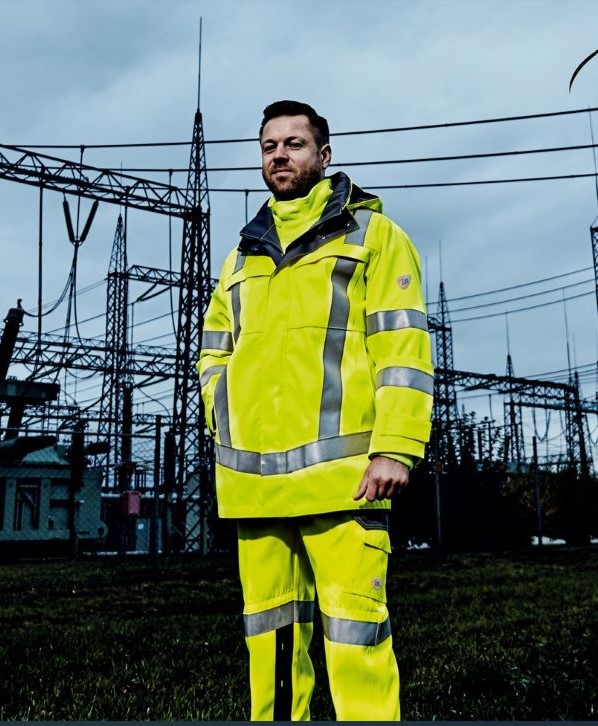
Why multinorm protective clothing is so popular with energy suppliers and municipal utilities
Other areas of application for Multinorm:
- E-mobility, E-trade
- Electrical installation
- Electroplating
- Hazardous goods transport
- Chemical industry
- Plant construction Solar plants, photovoltaic, wind plants
- Combined and grid assembly
Danger arc fault
When an arc fault occurs on an electrical installation, enormous amounts of energy are released within a very short time. The feared phenomenon is caused by an unwanted voltage flashover between insufficiently insulated electrical conductors or between these and the earth.
Possible causes can be both human error and a technical malfunction. The consequences of an arc fault for those affected are serious and can be fatal in extreme cases. In the arc's light column, the temperature briefly exceeds 9,000 degrees Celsius, which is almost twice as high as on the surface of the sun.
.jpg?ts=1745392928)
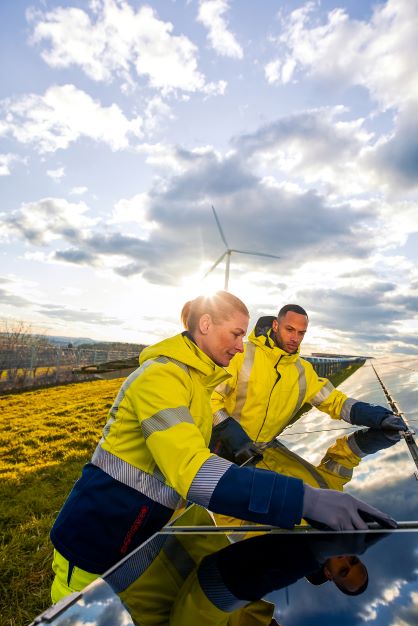
CONCLUSION: WHY MORE AND MORE WEARERS RELY ON MULTINORM PROTECTIVE CLOTHING
In a world where safety in the workplace is a top priority, multinorm protective clothing is becoming increasingly important. These versatile protective garments meet a wide range of standards, providing comprehensive protection against a variety of hazards. In this blog post, we have explored the reasons for the increasing popularity of multinorm protective clothing and summarised key findings.
A key aspect driving the demand for multinorm garments is the variety of risks in modern working environments and the possibility to address them with a single (multinorm) garment. Employees, especially in industries such as renewable energy and e-mobility, face a wide range of hazards, including heat, flames, electric arcs and electrostatic charge. Multinorm protective clothing offers a single comprehensive protection that meets the needs of these workers.
In addition to the protection factor, comfort is also critical. Modern multinorm protective clothing, such as that from BP®, offers not only safety but also freedom of movement and comfort, which is crucial in the work areas where it is worn. The clothing is lightweight and ergonomically designed to make the wearer feel comfortable.
Design also plays an important role. Employees appreciate modern, attractive protective clothing that not only meets their safety requirements but also strengthens their identification with their work. Companies that meet these needs increase their chances of attracting and retaining skilled workers.
The suitability for industrial laundering and the sustainability of the protective clothing are other factors that are taken into account when selecting multinorm protective clothing. The ability to reprocess the clothing hygienically and the use of fair trade cotton are important criteria for employers.
Overall, it is evident that multinorm protective clothing is now not only a tool for occupational safety and health, but also a tool for employee retention and a competitive advantage in recruiting skilled workers. Safety and comfort are not opposites, but go hand in hand, and this development has permanently changed the way we look at protective clothing. In a world where safety and well-being are crucial in the workplace, multinorm protective clothing has taken a firm place.
